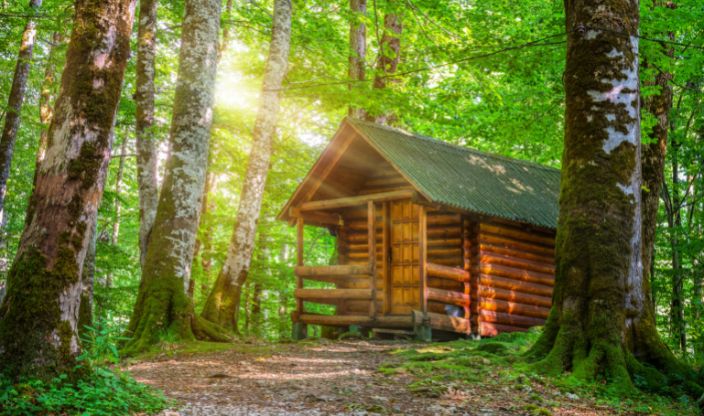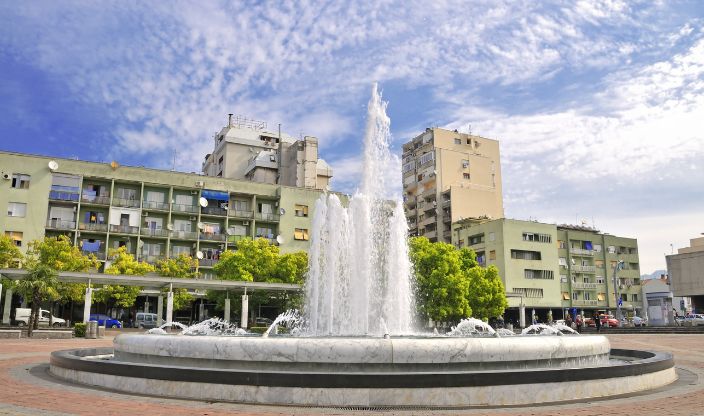Introducing Montenegro
This small Balkan country may not be the first place that springs to mind when you think of the Adriatic Coast – neighbouring Croatia happens to steal all of the limelight here in the dreamy Adriatic – but Montenegro’s got everything that Croatia has. Just on a much smaller scale. This tiny, compact country won’t impress in size or landmass but for those who have taken the time to explore it, they’ll tell you that it more than makes up for in beauty, culture and history. Montenegro as a destination boasts rugged mountain vistas, countless medieval villages and old world towns, glorious beaches with safe and shallow waters, and striking islands that you wouldn’t believe existed until now. And perhaps it’s the country’s modest size or the country’s effortless ability to hide exclusively under the mainstream radar, but Montenegro is very much a modern day fairy tale. And those who travel here will have the rare opportunity to discover it. A holiday to Montenegro will leave you feeling like you’ve stumbled upon Europe’s best kept secret.
Named “Black Mountain” in translation, it’s hard to make the connection with its Italian name when the country is exploding with colour. With its lush green hills and gold sand beaches, mountains painted with purple Lupins and bright yellow Mimosas, white washed homes with red slate rooftops, and of course its blood orange sunsets ebbing into the cerulean blue sea, there are fewer places in the world more invigorating and enlivening when it comes to nature. The Romanesque churches, hilltop views and luxury yachts of Kotor are make a great family fete, the romantic setting of Perast is a cultural and peaceful paradise for couples, and the steady climb to the Njegoš Mausoleum in the Lov
en Mountains will make adventurers feel like been to the end of the earth and back. Whatever it is that entices you to travel; Montenegro’s traditional towns and old architecture, its Italian inspired cuisine and indigenous wines, plus its 5 star beach resorts and honeymoon islands will certainly inspire your next trip.
Montenegro is a safe place to travel to and families with children are usually made to feel very welcome. In Montenegrin culture, looking after one another is a big part of their lifestyle and you will often come across very strong bonds between family members; but this generosity often extends beyond the family unit so you will find the locals to be extremely hospitable. Whilst the roads and public transport links leave a lot to be desired, with the country being small, travelling around from place to place is convenient and very easy. There are also plenty of family activities and outdoor activities so there will always be something to do.
Montenegrin cuisine has borrowed many flavours, dishes and cooking methods from Italy with which it has had a long and complicated history dating back to the 15th Century. The Italian influence can be seen in the country’s bread-making style, the curing of meats and the love of cheese. Popular foods are polenta, stuffed peppers, meatballs, soups and stews and there are also influences from Turkey such as kebab meats and pitta bread plus Turkish sweets such as Baklava. You will also come across Hungarian dishes too such as Goulash. The diverse food culture make eating out fun for the whole family and when it comes to wine, there’s a great choice of tipples ranging from indigenous Vranac wine to classic chardonnays and merlots from local vineyards.
Montenegrins were once united with Slovenia, Serbia, Bosnia and Herzegovina, Croatia and Macedonia under one country, Yugoslavia. The break-up in 1992 has reshaped the culture of Montenegro but the influences of its neighbours is fully embraced and never forgotten. The country has endured a long and complicated history so the culture today reveals a wonderful fusion of multiculturalism. The food is varied and the people are welcoming – it’s one of the warmest cultures in Eastern Europe and the many ancient sites, ruins and remains dotted around the country reveal a lot about its interesting past.
Recommended Montenegro Specialists
Top Locations in Montenegro






















